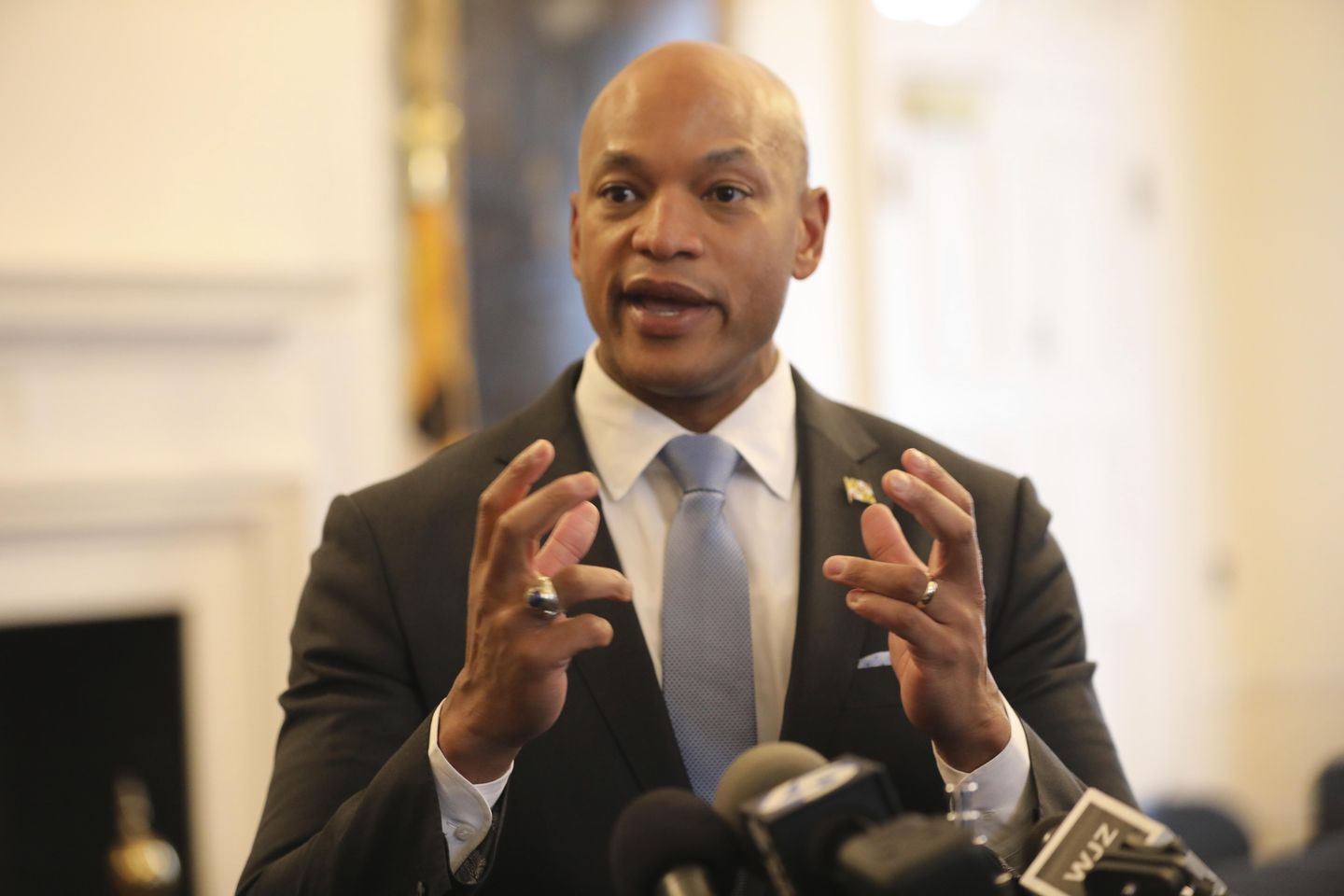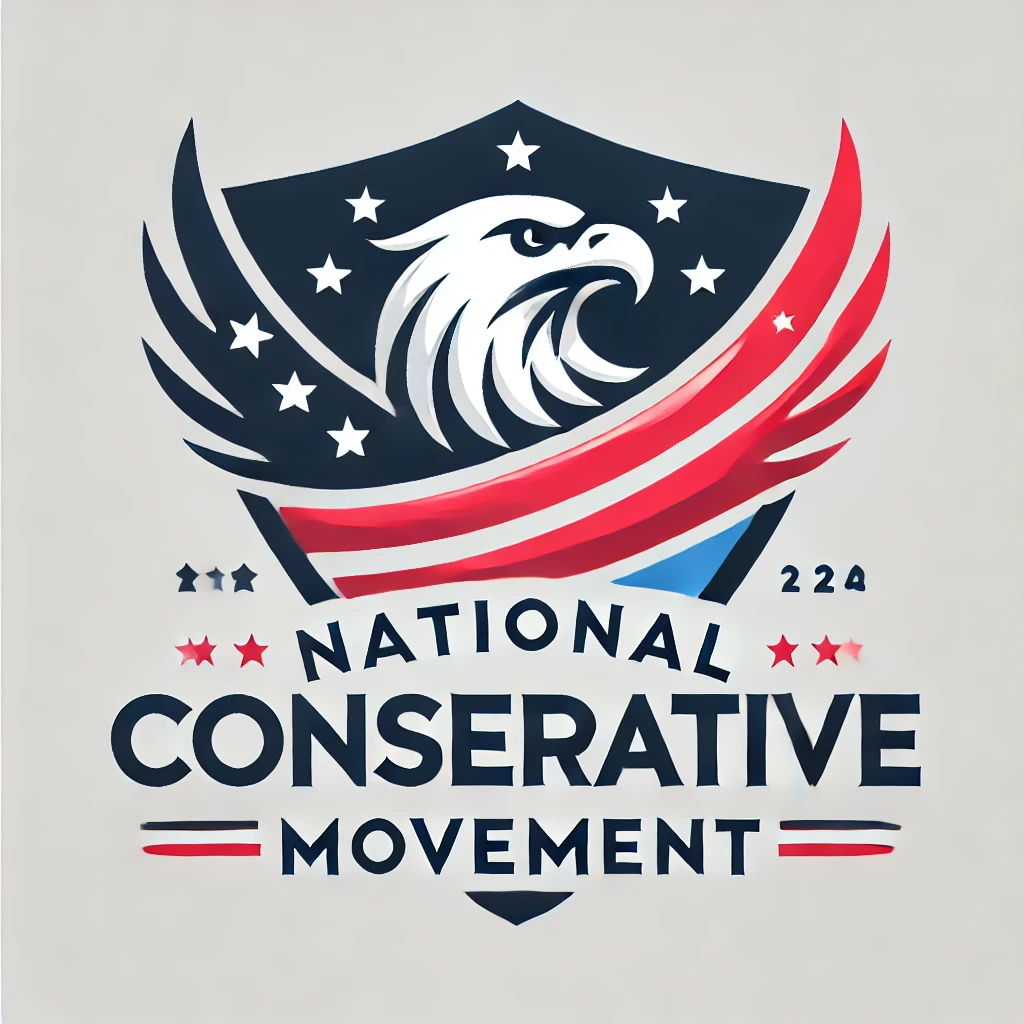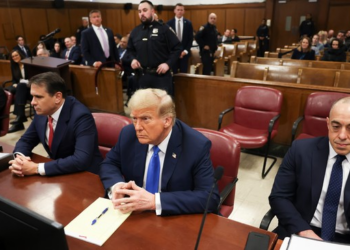
Maryland’s decision to impose steep tax increases follows the lead of other liberal-leaning blue states that love to spend, and are now desperate to raise revenue to dig out of growing deficits and fund new spending.
Beginning in July, Marylanders will fork over $1.6 billion for a dizzying array of new taxes and fee increases under the state’s $67 billion budget passed by the general assembly earlier this month.
“Spending is driving it all,” said Stephen S. Hershey, a Republican and the minority leader of the Maryland Senate.
Gov. Wes Moore, a Democrat, said tax hikes were necessary to close a projected $3.3 billion budget shortfall in 2026 and increase spending by 1%. The fiscal demands stem from spending mandates including the Blueprint for Maryland, a 10-year education funding and reform plan passed by Democrats that requires the state and local governments to spend billions of dollars for teacher raises, special education and more.
To raise new revenue for the 2026 budget, Mr. Moore and the Democrat-led legislature agreed to add two additional tax brackets for those earning more than $500,000 annually, and created a 3% tax that will impact businesses that outsource data and IT services, such as payroll. Residents who earn more than $350,000 will have to pay a 2% surcharge on capital gains and anyone hitting the vending machine for a snack will have to fork over a new 6% tax.
The budget agreement hikes the state’s cannabis sales tax from 9% to 12% and the vehicle excise tax from 6% to 6.5%. Vehicle emission inspection fees will more than double to $30, and new tire purchases will be taxed $5 apiece.
A slew of other taxes and fees also went up in Maryland.
Other Democrat-led states are weighing their own tax increases to shore up deficit-threatened budgets while boosting spending on liberal priorities.
Many states are at “an inflection point and are facing budget shortfalls they haven’t seen in years,” said Josh Goodman, who leads research on fiscal management and long-term budget sustainability for Pew’s state fiscal health project.
Mr. Goodman said the shortfalls follow the end of the federal COVID-19 funding, which provided billions of dollars to states and enabled many legislatures to pay for new spending initiatives and even slash taxes.
“Now, states must figure out how to pay for these commitments with less money coming in and costs mounting,” he said.
The post-COVID budget reality is setting in for state governments, while at the same time, they are grappling with the possibility they’ll be hit with new federal funding cuts as the Trump administration hunts for significant savings.
The fiscal warning signs are not curbing appetites for new spending in many Democrat-led states, however.
Amid a projected budget shortfall by the end of the decade, New York Gov. Kathy Hochul is proposing the largest state spending increase in four decades, which she hopes to fund in part with a five-year extension of “temporary” personal income tax on high-income earners.
Her proposed budget hike of 8% includes a nearly 5% hike in school spending, to $37.4 billion, more than $2 billion to expand housing, and $1 billion for “the clean energy transition,” including thermal energy networks on state college campuses and retrofitting homes and businesses to support “decarbonization.”
To avoid an $11 billion budget shortfall in 2029, the conservative Citizens Budget Commission projected, New York would need to spend far less than Ms. Hochul proposes and would have to cap spending increases at 2.7% every year, beginning in 2025.
Massachusetts Gov. Maura Healey earlier this year pitched a series of new tax hikes to help fund a 7.4% increase in state spending. The first-term Democrat’s 2026 budget plan calls for taxing prescription drugs, candy purchases and synthetic tobacco products and would permit an increase of up to 5% on car excise taxes, local meals and lodging and impose a cap on deductions for charitable donations.
New Jersey, facing a structural budget deficit of $1.2 billion, is weighing a 2.7% increase in spending in 2026. Gov. Phil Murphy, a Democrat, proposed bringing in $1.2 billion in new revenue by hiking taxes on alcohol sales, gaming and sports betting, tobacco, vaping and real estate sales. His plan to raise money would extend the state’s 6.625% sales tax to vehicle trade-ins, interior design services, horse training and “participatory sports” such as bowling and laser tag.
Mr. Murphy also wants to impose a $2 per-trip tax on warehouse delivery trucks that would generate $20 million and likely increase consumer prices.
“This new tax will drive up the cost of everyday essentials for families across New Jersey, whether they shop online or in person,” New Jersey Republicans warned in a statement opposing the budget proposal.
In Maryland, the state’s sports betting tax increased from 15% to 20%. And if new state taxes weren’t enough, the new budget allows local governments to hike their own “piggyback” income taxes to 3.3%, an increase of .01%.
Mr. Moore defended the budget, telling Fox 45 in Baltimore that his plan “is giving the middle class a tax cut in this moment,” and said the plan amounts to the largest cuts to the budget “in literally a generation.”
Under the plan, 94% of Marylanders will either get a tax cut, on average about $50 annually, or pay the same level of income taxes. The budget increases the standard deduction by 20%.
The two new income brackets for higher earners starting at $500,000 are expected to generate $370 million annually, while the 2% tax on capital gains for those with incomes greater than $350,000 will bring in $344 million.
“We are asking those of us who have done exceptionally well to pay slightly more, so we can have the best schools in the country, so we can support law enforcement and our firefighters, so we can make sure that we are growing our economy,” Mr. Moore said in March.
The plan cuts more than $2 billion in state spending, but the GOP called the reductions “fiscal maneuvering and not true cuts,” because some of the budgeting simply shifts costs to local governments or leaves vacancies unfilled.
Mr. Hershey and fellow House and Senate Republicans, who make up 28% of the state’s General Assembly, voted against the plan along with five Democrats.
He fears the tax hikes, particularly the tax on IT services, will drive companies to more business-friendly states, including Pennsylvania, Virginia and North Carolina.
Virginia has steered clear of new business taxes under Gov. Glenn Youngkin, a Republican. While the Virginia General Assembly rejected many of his pro-business tax cut proposals, it passed Mr. Youngkin’s provision to extend a law allowing businesses to exceed federal limits on state and local tax deductions.
Virginia’s 6% corporate tax rate hasn’t changed in more than 50 years. This year, the news network CNBC ranked Virginia as the number-one state for businesses.
“Here in Virginia, we balance our budget every year,” Mr. Youngkin’s spokesman, Peter A. Finoccio, said. “And under Governor Youngkin’s leadership, we’ve raised revenue by growing business investment in the commonwealth, not by raising taxes on fixed-income families.”
Mr. Finoccio said new businesses have invested $100 billion in the state and created 276,000 new jobs during Mr. Youngkin’s tenure.
Maryland ranked among the worst states on the 2024 business climate tax index published by the Tax Foundation. In recent years, major businesses, including Amazon, Raytheon and Boeing and several tech companies, have planned new offices or corporate headquarters in Virginia, the Maryland Public Policy Institute reported.
Mr. Moore’s budget proposal called for lowering the state’s 8.25% corporate tax rate, the tenth highest in the nation, to 7.99% over two years beginning in 2028. The Democrat-led General Assembly rejected it, and it remains unchanged.
The General Assembly, Mr. Moore said, “missed an opportunity to make Maryland a more attractive destination for business.”
The budget includes a carve-out that will spare from the 3% tech tax certain technology businesses that are growing in the state, including cybersecurity and some quantum computing companies.
Mr. Hershey said Republicans and a growing number of Democrats worry the state’s spending and tax policies are driving away businesses, their biggest source of revenue, while setting up an increasingly richer social safety net that has attracted needier residents.
“If you’re bringing in more people that need government services, and the people that provide to the economy are leaving, that’s a death spiral,” Mr. Hershey said. “And you can’t tax your way out of that.”












